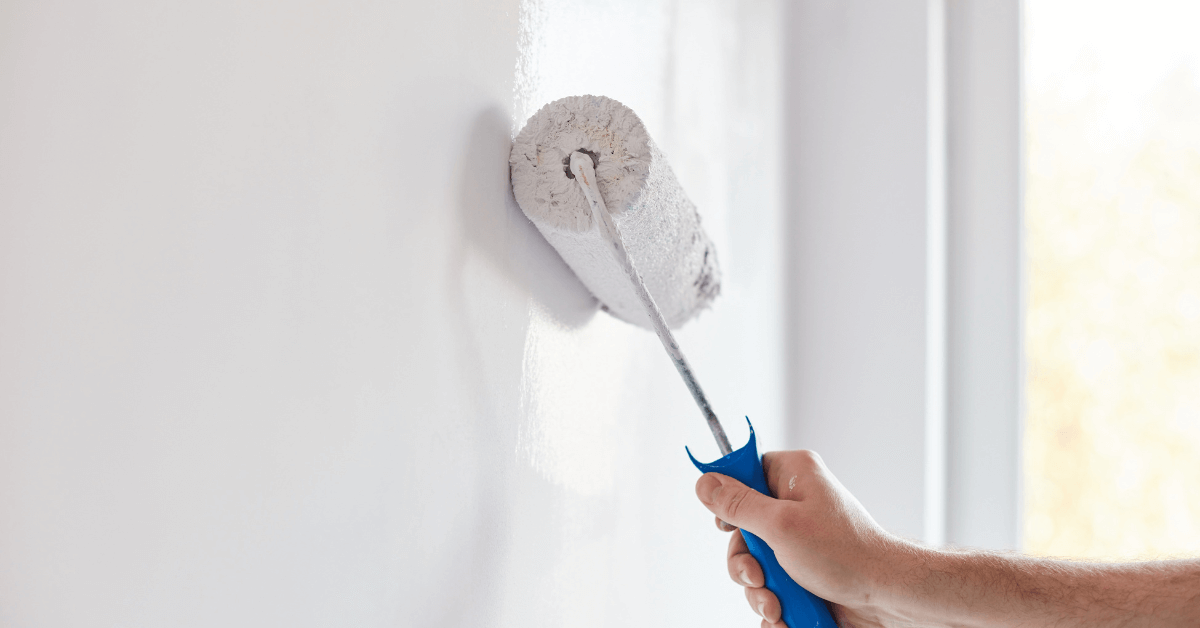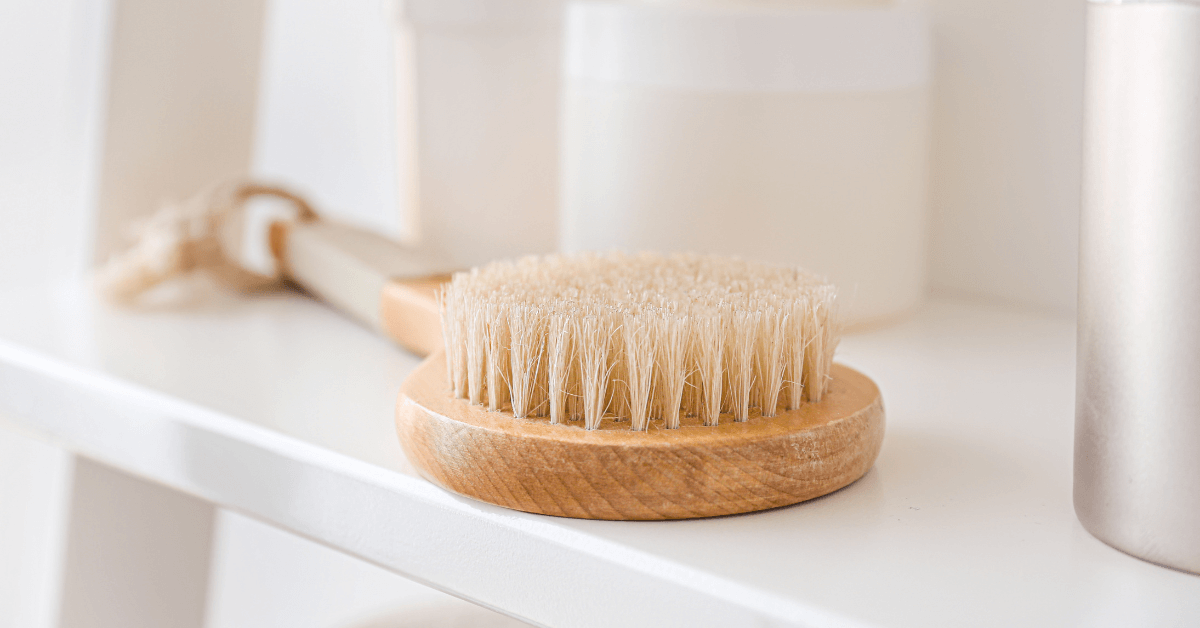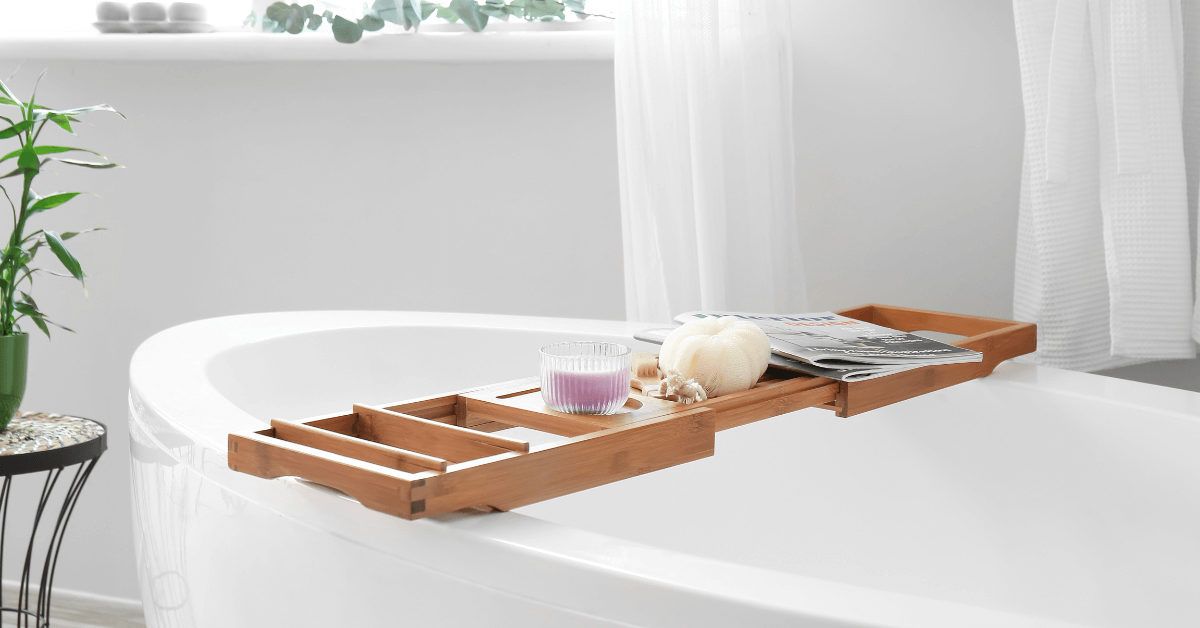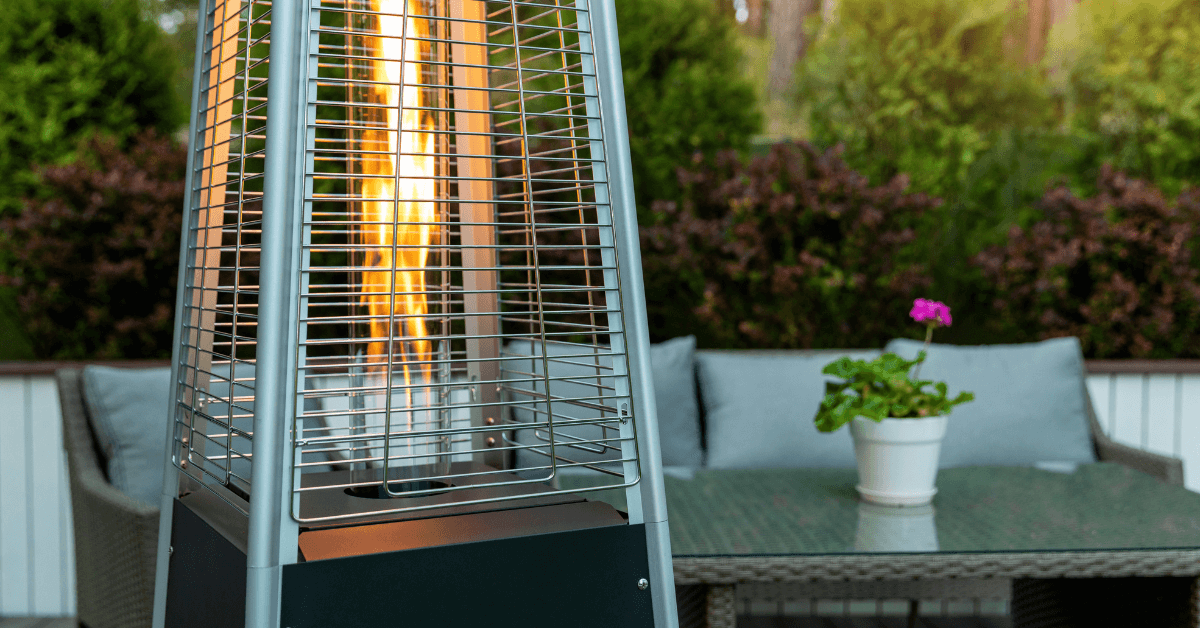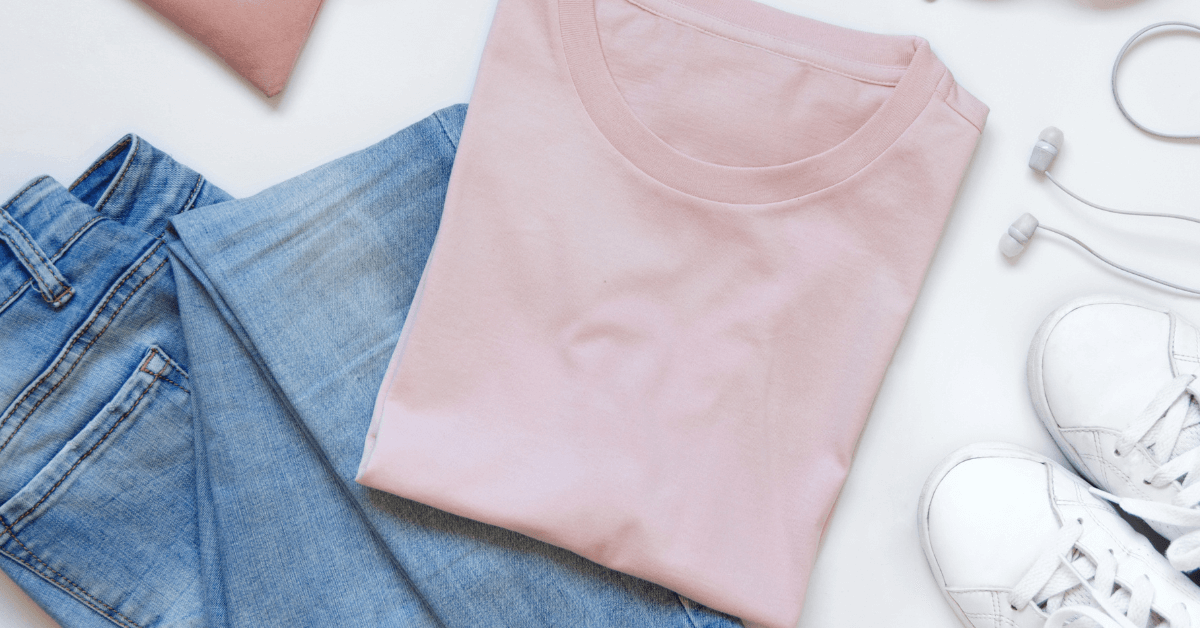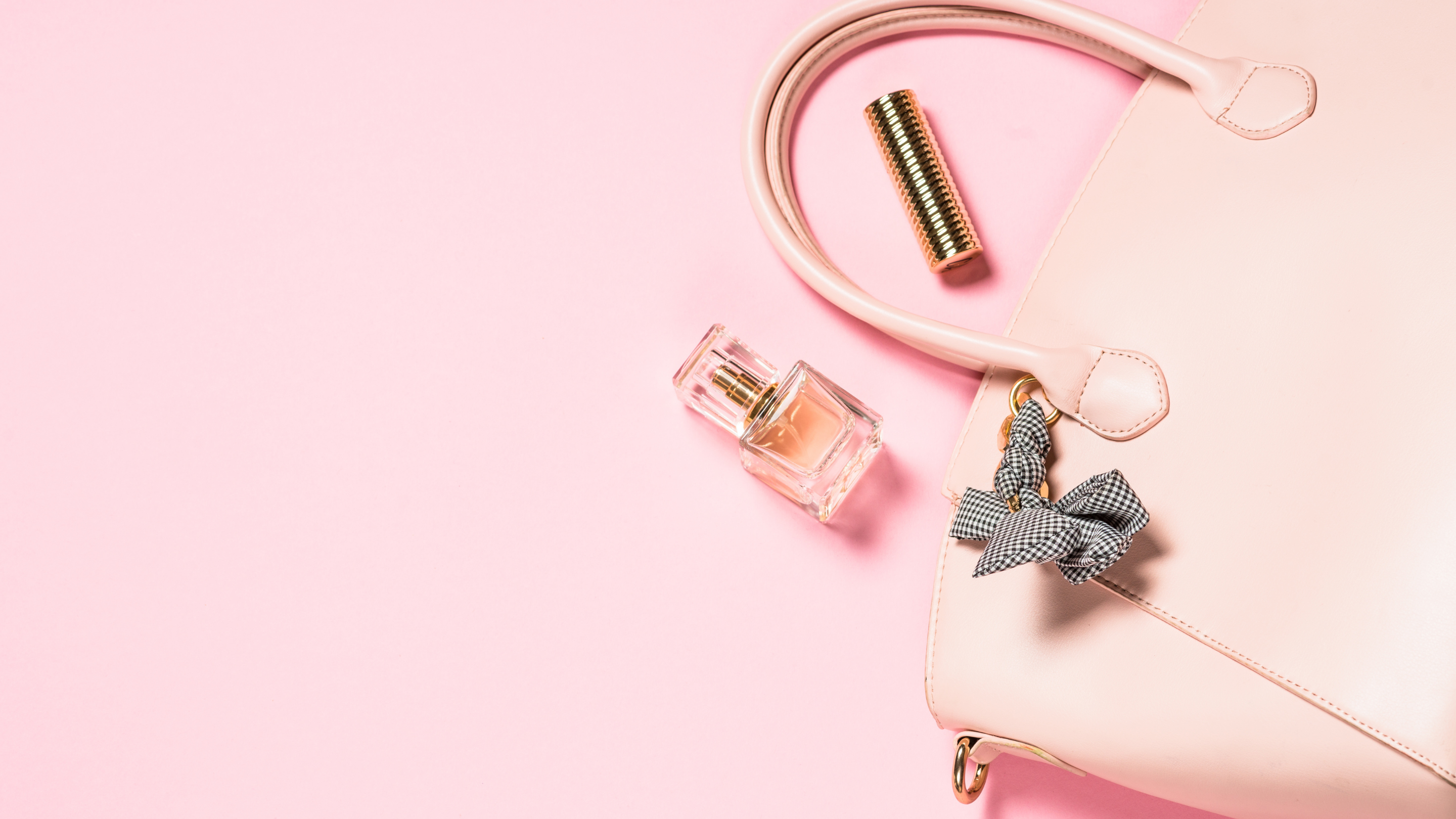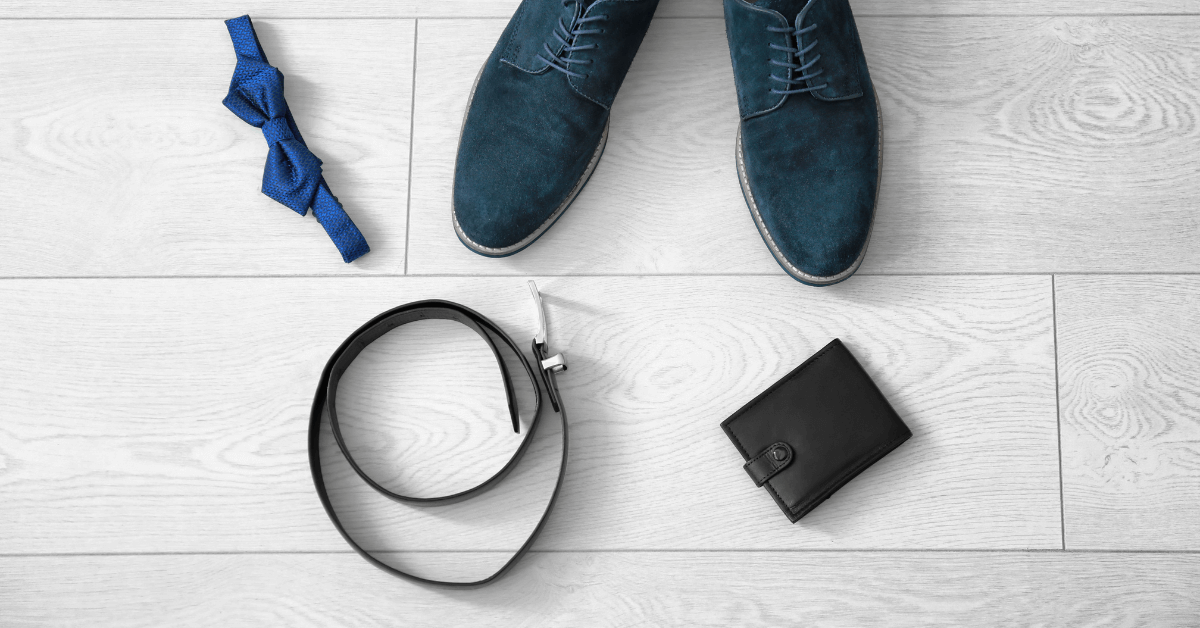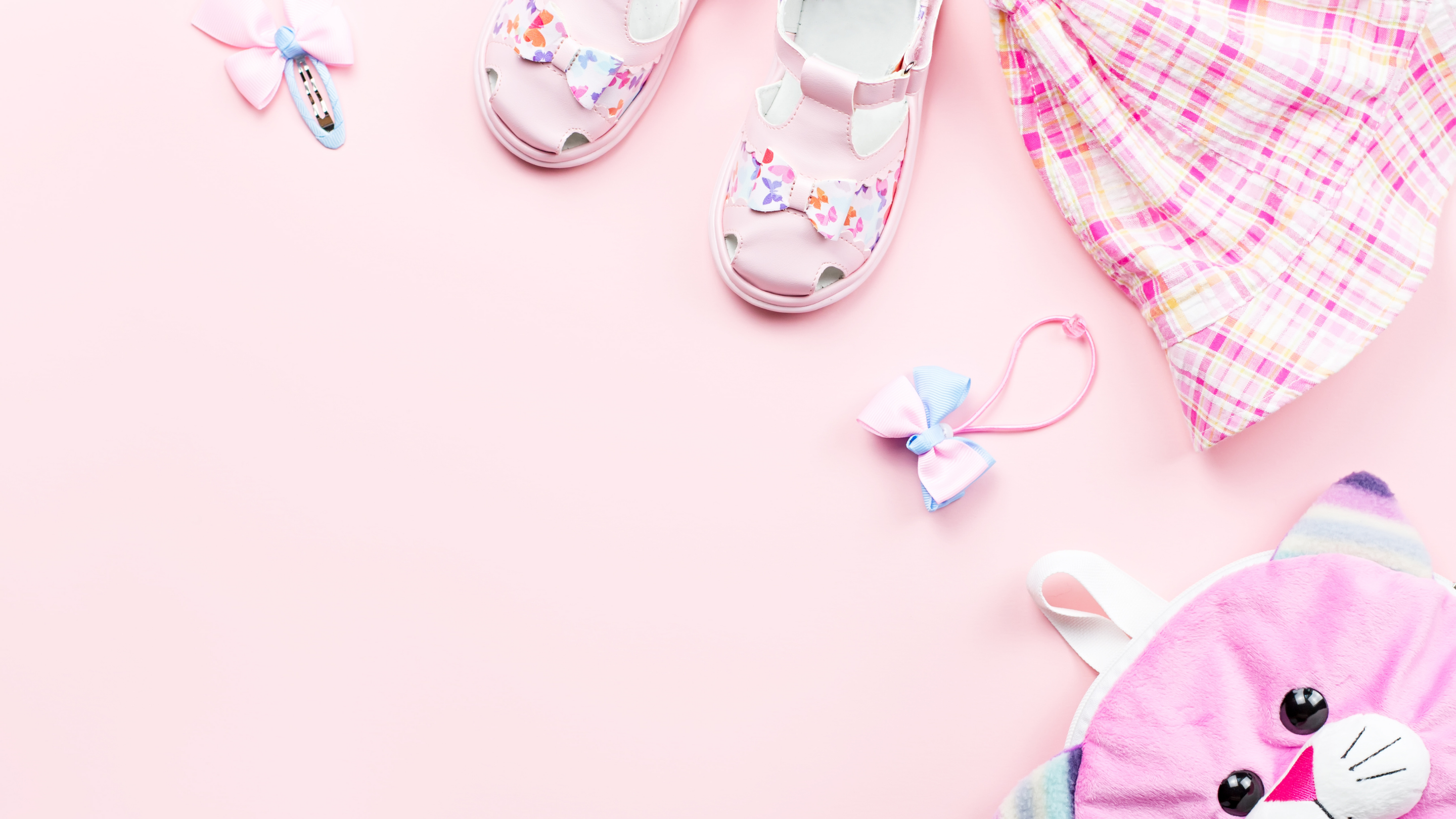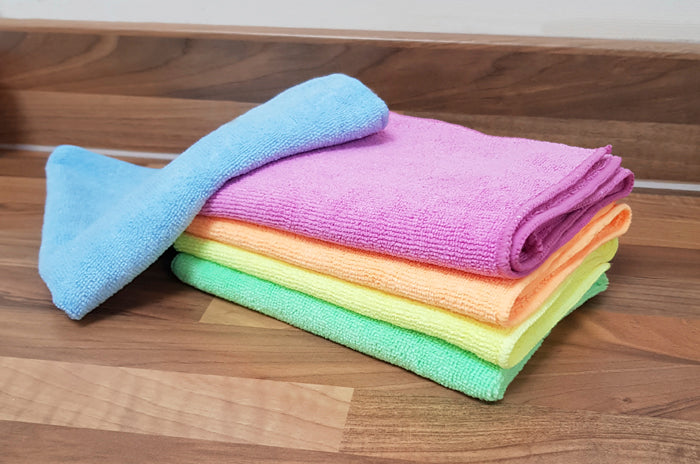If you haven’t heard of microfibre cloths for cleaning and dusting, where have you been?!
Microfibre is taking the cleaning world by storm right now.
It’s quickly becoming the #1 go-to product for all types of jobs in and around the house (as well as hospitals, hotels, supermarkets and cafes!).
Want to know more?
I’m microfibre’s biggest fan right now when it comes to housework, so I’ve got some great tips to share with you.
I’ll fill you in on everything that makes them so great, what types of jobs I use them for and how to look after them so they last as long as possible.
What is Microfibre anyway? Why does it work?
Did you know that a single microfibre is as much as 1/100 th the diameter of a human hair?
These super fine fibres are spun together and woven into millions of tiny loops on each cloth.
The mini loops act as a magnet for dirt and dust, trapping it and cleaning it away without a trace.
Microfibre is generally made from a mix of polyester and nylon.
Under a microscope, a single microfibre would look like an asterisk. That’s what makes it so great for trapping dirt compared to cotton strands!
Microfibre vs Cotton (And Why You Should Make the Switch)

Microfibre is super absorbent, and quickly lifts dirt and spills.
Since cotton towels and cloths don’t have as many fibres on them to lift dirt and absorb liquid, they’re prone to just moving mess around instead of cleaning it away.
Yuck!
Microfibre cloths make a great job of cleaning surfaces, dusting and polishing using nothing more than a drop of water.
This means you can cut down on the amount of cleaning chemicals, disposable sponges and wipes you use daily.
No other cloth will help you save money and the planet at the same time!
10 more great benefits you’ll love:
1. High absorbency means they can hold up to 7 times their weight in water
2. They outlast cotton cleaning cloths, lasting between 100-500 washes each
3. They diminish the need for cleaning chemicals and soaps - only water is needed
4. Hypoallergenic materials used are great for those with allergies or asthma
5. They’ve been proven to remove 98.9% of bacteria on surfaces using water alone
6. They cost pennies per use compared to cotton cloths which often need replaced
7. They cling to even the smallest dust particles, leaving no lint or dust behind
8. Microfibre cloths dry in 1/3 of the time it takes cotton cloths
9. They clean more effectively, reaching into crevices and cracks that cotton cloths can’t
10. They’re great for buffing and polishing metal surfaces like hobs, microwaves and kettles
How You Can Make Housework Less of a Chore with Microfibre Cloths

Any cleaning chores you would use a duster, mop or dish towel for - microfibre can do it better.
Dampen them with a little water to clean grime and spills off of kitchen worktops, sink areas and the bathroom.
Keep them dry and they’ll act as a magnet for dust when dusting and polishing furniture.
Although microfibre really grips onto smooth surfaces, it’s non-abrasive, meaning you get a shiny streak-free finish on mirrors, glass and tv screens every time.
Their high absorbency makes them brilliant for drying the bathroom down after a shower or bath, drying dishes or even cleaning the car!
For example, blue cloths for the bathroom, orange cloths for dusting, pink for cleaning floors etc.
Top Care Tips for Your Microfibre Cloths to Make Them Last Longer

• Always wash microfibre cloths on their own. Don’t wash them with any other cloths or fabrics as they’ll pick up any loose dirt particles from them.
• Never use bleach, fabric softener or any cleaning chemicals with acids as they ruin microfibre’s effectiveness.
• Due to the nylon component in microfibre cloths, high levels of heat will break down the fibres. Never wash in temperatures higher than 90ºC.
• Leave them to air dry, or if you have to use a tumble dryer make sure it’s on the lowest heat setting. They dry really quickly over a radiator or drying rack.
• You’ll know when it’s time to replace your microfibre cloths, as they lose their absorbency and won’t lift dust as effectively.






